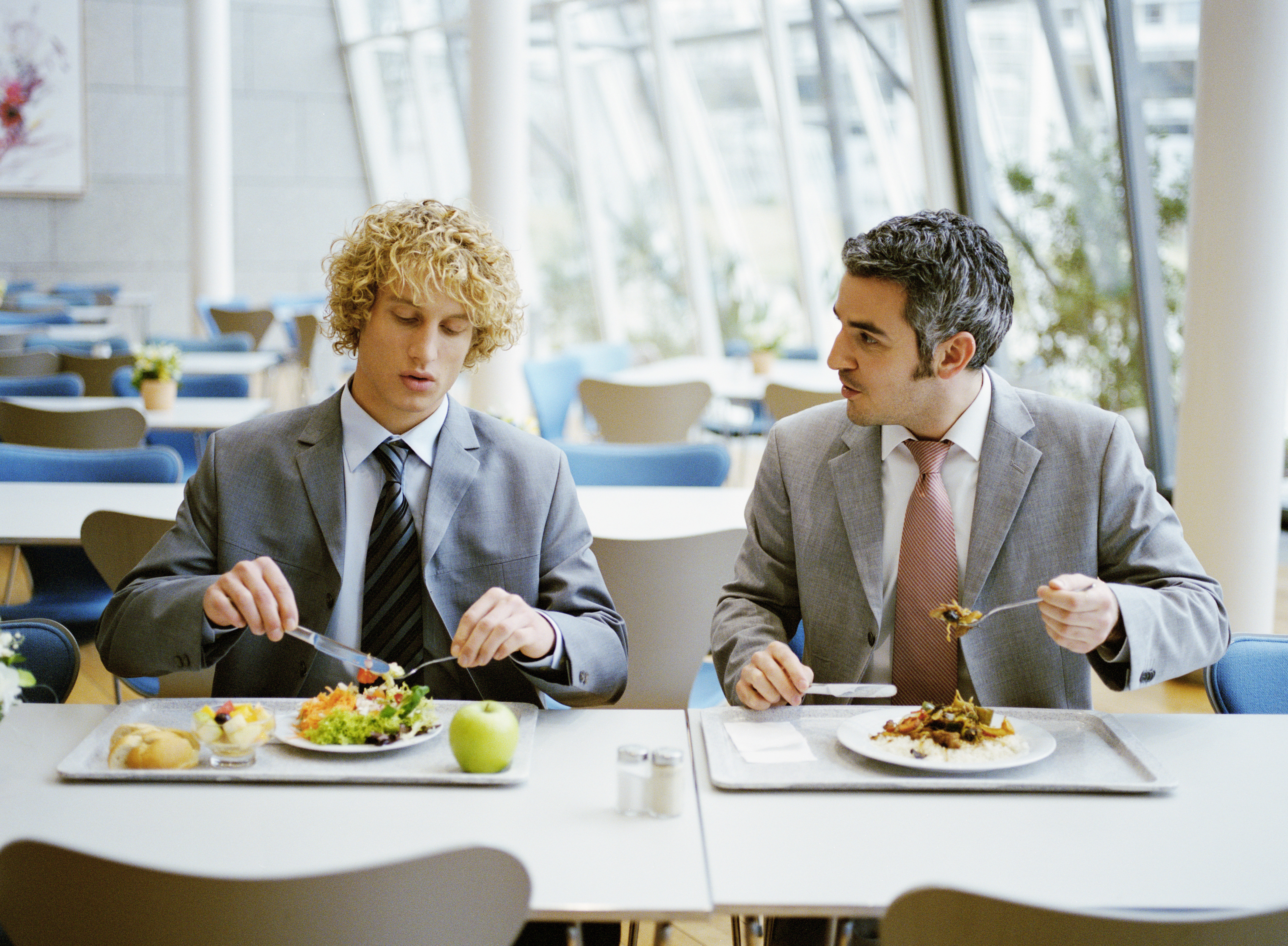Do you feel a twinge of guilt when you sneak off to the local fast food joint for a cheap and fast lunch? You know the extra fat and calories aren't the best choices you can make, but who has time to make a healthy lunch before work?

Even if you work from home, unhealthy choices often beat out healthy ones because it's faster to zap a frozen burrito than to cook a meal from scratch. Though making nutrition work at work does require a conscious effort, making healthier choices is both beneficial and easier than you may think.
Skipping lunch is not an option
Many workers find it a challenge to take time during the workday to recharge. Almost
one third of workers reported taking less than half an hour for lunch. Another 16 per cent said they work through their lunch hour while 10 per cent said that they never take a lunch break at all. Another 18 per cent eat their lunches at their desks or workspaces five days a week. Though skipping lunch is common, it shouldn't be an option. Skipping lunch may make you feel as though you're being productive, but it's more likely to be counterproductive.
Not only should you eat a healthy lunch for your physical well-being, you should take your full lunch break – away from your workspace – for your mental health. This is your time to refuel your body and re-energize your spirit. Try taking your full lunch break and eating healthy foods instead of junk for a full week and you'll likely find that you're more productive and happier as a result. By de-stressing at lunch, you'll be in a better position to give work your full attention when you're back on the clock.
Making healthy lunches work
In order to make nutrition work, identify the root cause behind your less healthy choices. If you work on a construction site, for example, there may not be a refrigerator or microwave available. If the lunchroom at your office is too cramped or you find the environment too work focused, you may think of a fast food run as a getaway. If you work at home, it may only take 10 minutes to heat and eat a frozen meal, so you gobble it up and log back into your computer.
Once you understand the reason for your choices, find alternatives. For example, you may need to buy insulated lunch containers or pack fresh foods that don't need to be refrigerated or heated. If you go out to lunch because it's a "getaway," find a nearby park, courtyard or other attractive public space and have a picnic lunch there. This will satisfy your urge to get out of the office while giving you the opportunity to take a healthy, relaxing break. If you often return to work early because you're a fast eater, change your lunch routine by adding a 20-minute walk around the block.
Finally, pack your own lunches and fill them with healthy items such as veggie sandwiches on whole grain bread, fruits, nuts, and lean protein. If you're typically pressed for time in the morning, try packing your lunch the night before or getting up 10 minutes earlier.
While convenience foods are convenient, they're not the best choice. You can make nutrition work, and you'll feel much better as a result.




